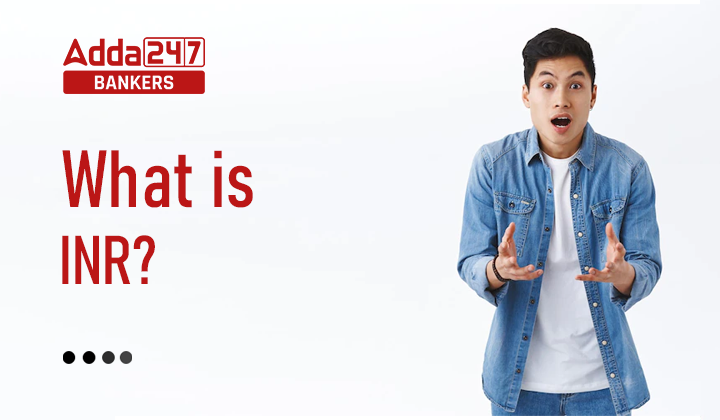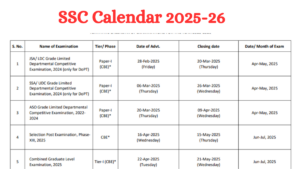Table of Contents
INR Full Form: In India, the currency is denoted as INR. The full form of INR is Indian Rupee, and this currency is only valid in India. The Indian rupee (INR) is the country’s official currency, and it is controlled and managed by the Reserve Bank of India. The symbol of INR was changed from “Rs” to “Insert Rupee Symbol” in 2010. People now use the “Insert Rupee Symbol” symbol to represent Indian currency.
What is the full form of INR?
INR is an abbreviation for Indian Rupee. The Indian rupee (INR) is the country’s official currency, and its issuance is regulated and controlled by the Reserve Bank of India (RBI), which also derives its role and functions in currency management from the Reserve Bank of India Act of 1934.
Since 2010, INR has been denoted by “₹” rather than “Rs.” D. Udaya Kumar created “₹” the for INR. One INR is worth 100 paise. In the country, one rupee coins are the lowest denomination. The Reserve Bank of India, or RBI, is in charge of currency issuance in India.
What type of Denominations are there in INR?
The INR Denominations are classified into two types. They are either made of paper or metal. The following are the metal and paper denominations:
Metal Denominations (Coins)
- One Rupee
- Two Rupee
- Five Rupee
- Ten Rupee
Currency Papers (Notes)
- One Rupee Note
- Two Rupee Note
- Five Rupee Note
- Ten Rupee Note
- Twenty Rupee Note
- Fifty Rupee Note
- One Hundred Rupee Note
- Two Hundred Rupee Note
- Five Hundred Rupee Note
- Two Thousand Rupee Note
What are the features of INR?
The Indian Rupee has the following characteristics in its currency note:
- Watermark: The Mahatma Gandhi Series banknotes feature the Mahatma Gandhi watermark, which has a light and shade effect as well as multi-directional lines in the watermark window.
- Security Thread: The security thread can be found to the left of Mahatma Gandhi’s portrait. Prior to the introduction of the Mahatma Gandhi Series, notes were issued with a plain, non-readable fully embedded security thread.
- Latent Image: A latent image of the respective denominational value in numeral can be found in a vertical band on the right side of Mahatma Gandhi’s portrait. Only when the note is held horizontally at eye level is the latent image visible.
- Micro lettering: This feature appears between the vertical band and the portrait of Mahatma Gandhi. The word ‘RBI’ appears in Rs.5 and Rs.10. The denominational value of the notes is also printed in microletters on notes worth Rs.20 and above. This feature is more visible with a magnifying glass.
- Intaglio Printing: The portrait of Mahatma Gandhi, the Reserve Bank seal, the guarantee and promise clause, the Ashoka Pillar Emblem on the left, and the RBI Governor’s signature are all printed in intaglio, or raised prints that can be felt with the fingertips.
- Identification Mark: On all notes except the Rs.10/- note, an intaglio feature has been added to the left of the watermark window. This feature comes in a variety of shapes for different denominations (Rs. 20-Vertical Rectangle, Rs.50-Square, Rs.100-Triangle, Rs.500-Circle, Rs.1000-Diamond) and assists the visually impaired in identifying the denomination.
- Fluorescence: The number panels on the notes are printed in fluorescent ink. The notes also have optical fibres. Both can be seen when the notes are exposed to an ultra-violet lamp.
- Optically Variable Ink: This is a new security feature introduced in November 2000 in the Rs.1000 and Rs.500 notes with a revised colour scheme. When the note is held flat, the numeral 1000/500 appears green, but when held at an angle, it changes to blue.
- See through Register: The small floral design printed on both the front (hollow) and back (filled up) of the note in the middle of the vertical band next to the Watermark is registered correctly back to back. When viewed against the light, the design will appear as a single floral design.
How is the Indian Rupee managed?
The RBI manages the INR. This means that the Reserve Bank of India is in charge of INR regulation and control. The government of India decides on the issue of various denominations of banknotes only on the advice of the RBI. The Reserve Bank of India manages all currency-related operations in India through nineteen issue offices located in Belapur, Bangalore, Ahmedabad, Bhubaneshwar, Kolkata, Lucknow, Kanpur, Jammu, Jaipur, Chennai, Hyderabad, Guwahati, Chandigarh, Patna, New Delhi, Nagpur, Mumbai, and Thiruvananthapuram. The printing presses deliver new banknotes to these issue offices. The mints deliver coins to New Delhi, Hyderabad, Mumbai, and Kolkata first. Small coins are kept in small coin depots, and rupee notes and banknotes are kept in currency chests.
What are the Security Issues in INR?
The Indian Rupee has various security issues:
- One of the most visible problems with INR is the circulation of duplicate and counterfeit currency notes. It is illegal to create and use counterfeit money, but the crime does not appear to be over.
- Fake Indian currency is mostly used for terrorist-related purposes. Terrorist activities are largely funded through the use of counterfeit Indian currency. These counterfeit currencies circulate throughout neighbouring countries such as Pakistan, Bangladesh, and Nepal.
- The government of India devised an excellent strategy known as “Demonetization” to address the issue of counterfeit currency while also reducing terrorism in the country. This strategy was implemented overnight, with the government prohibiting the use of 500 and 1000 notes.
- Also, the Indian government included numerous security features in all denominations of Indian currency notes to prevent counterfeiting.
Latest Govt Jobs Notifications
|
|
|
| Current Affairs April 2022 | |





 GA Capsule for SBI Clerk Mains 2025, Dow...
GA Capsule for SBI Clerk Mains 2025, Dow...
 The Hindu Review October 2022: Download ...
The Hindu Review October 2022: Download ...
 SSC Calendar 2025 Under Review, Dates So...
SSC Calendar 2025 Under Review, Dates So...


